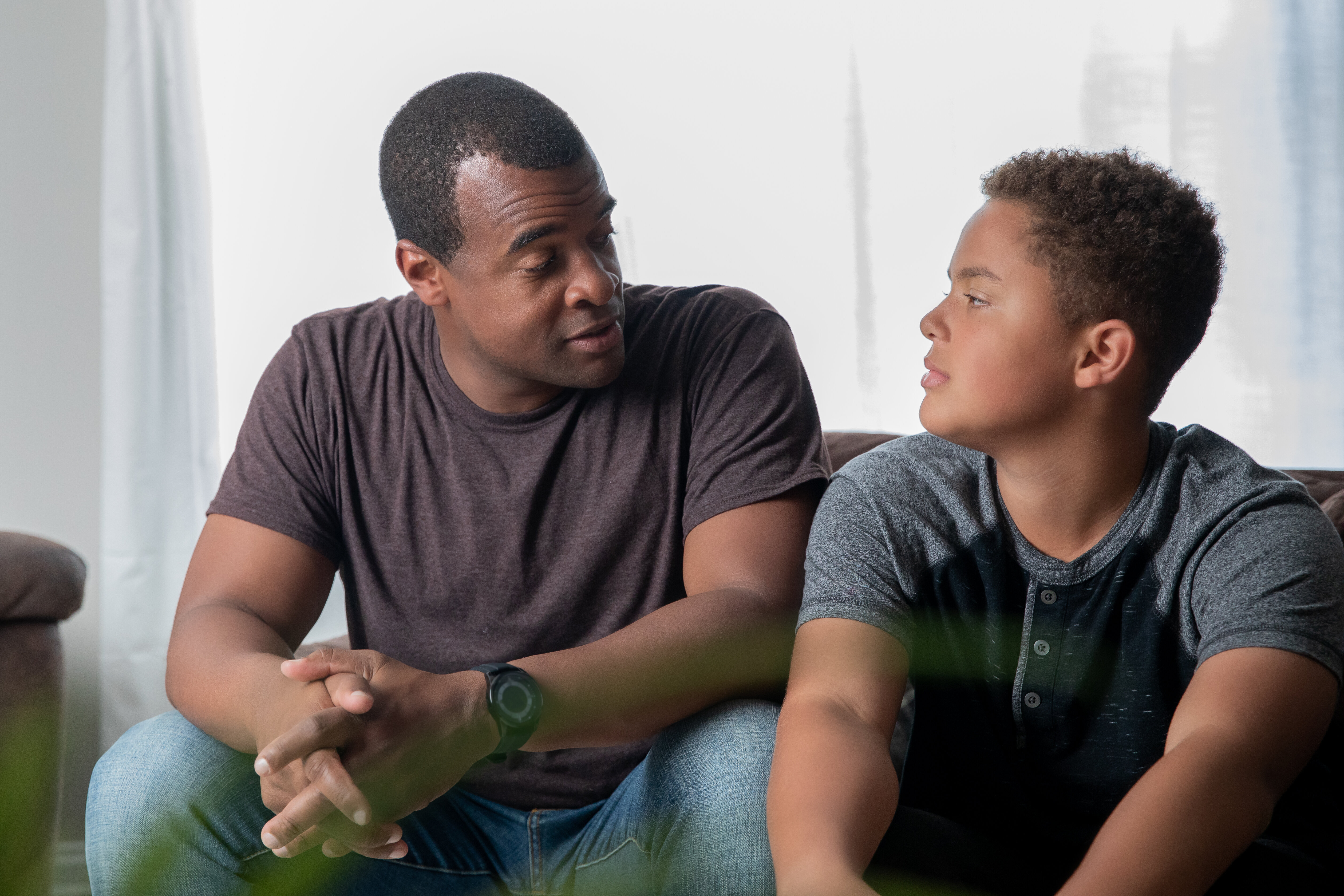
!function(n){if(!window.cnx){window.cnx={},window.cnx.cmd=[];var t=n.createElement('iframe');t.display='none',t.onload=function(){var n=t.contentWindow.document,c=n.createElement('script');c.src='//cd.connatix.com/connatix.player.js',c.setAttribute('async','1'),c.setAttribute('type','text/javascript'),n.body.appendChild(c)},n.head.appendChild(t)}}(document);(new Image()).src = 'https://capi.connatix.com/tr/si?token=ff7fdddc-5441-4253-abc4-f12a33fad58b';cnx.cmd.push(function(){cnx({"playerId":"ff7fdddc-5441-4253-abc4-f12a33fad58b","mediaId":"678d6695-64c4-4eb2-b959-cd0206efcdd2"}).render("6747358fe4b0f973902fbc4d");});The other day, my 15-year-old son texted me while en route to a reunion event at his old middle school. He wanted to know which entrance he was supposed to use when he arrived.I reacted in exactly the same way I always do: I figured out the answer for him and then told him what to do. The invitation to the event, which I had sent him a few days earlier, specified to use the south entrance.Only afterward did it occur to me that he probably could’ve figured out that one on his own. Instead of telling him which door to use, I might’ve instead texted something teacherly, like “Where do you think you could you find that information?” or even simply “Scroll up.” These responses would’ve pushed him to resolve the issue himself.This spirit of gentle guidance and noninterference is at the heart of what some people are calling “lighthouse parenting.” You may have seen this described as a new parenting trend — perhaps discussed in the context of others such as “gentle parenting,” “helicopter parenting,” “snowp
Full Story